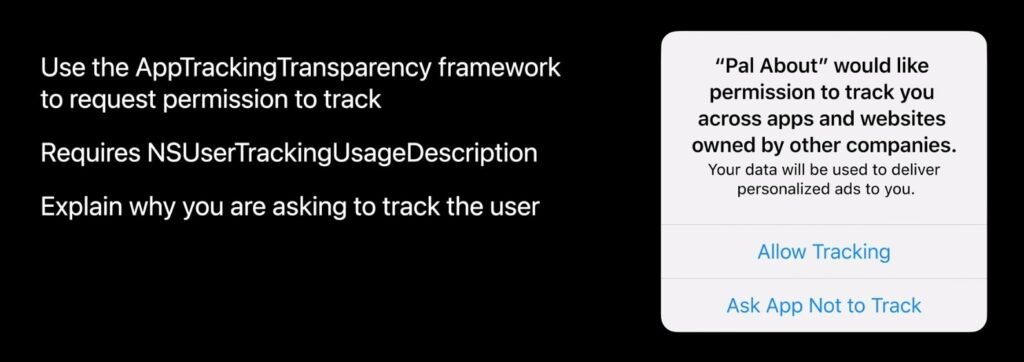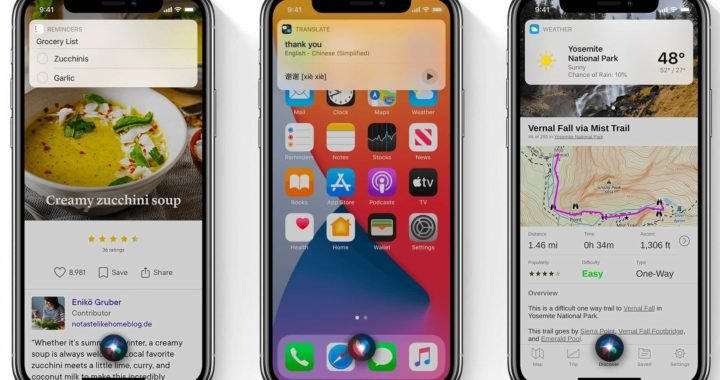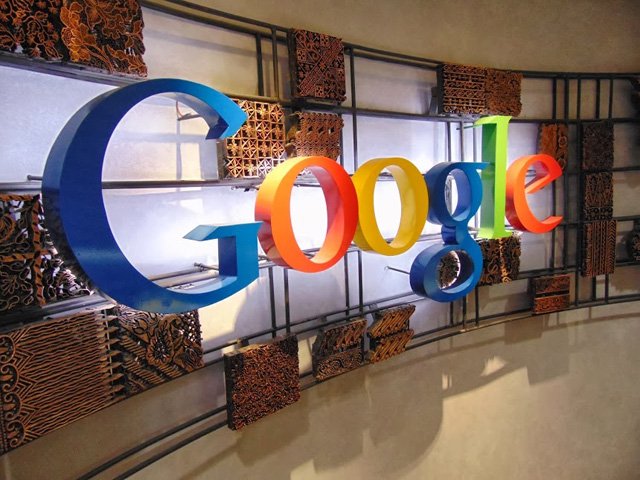iOS 14 IDFA changes, SKAdNetwork & future of the ad ecosystem

WWDC 2020, Apple announced that iOS14 users will need to give explicit permission to apps when collecting users’ IDFAs. For 8 years, attribution technology used IDFA as the deterministic way of tying advertising sources to installs and was a cornerstone of the industry.

IDFA (The Identifier for Advertisers) – is the unique ID every iPhone has. Attribution platforms like AppsFlyer, Adjust, Singular, Kochava, and major marketing platforms use IDFA to attribute app installs to the advertising campaigns. For example, Facebook saves the IDFA of your device when you see some app’s ad on Instagram. Then after you installed and launched the app, the Facebook SDK in the app saves the IDFA of the device again and sends it to Facebook servers, where it’s matched against the one saved from the Instagram ad. That’s how Facebook Ads gets data on how many installs and valuable in-app events happened for each given ad set and ad creative.
The mobile Adtech ecosystem has fall back to ground with no exceptions on iOS. Starting September 2020, attribution on iOS will take new form. Fingerprinting could be the fallback but its attribution is non-deterministic.
Replacing attribution via IDFA, Apple introduced its own solution called SKAdNetwork. It presents a completely different way of attributing users in the ecosystem that has user privacy as its #1 priority and goes through Apple directly.
Here is the diagram that shows how it works. It allows attributing both installs and in-app events without identifying the exact device and so it looks like a more privacy-conscious solution.

Besides SKAdNetwork there are the few other options:
– Fingerprinting. The set of device unique configurations is used to match a user. This method is already widely used by the majority of attribution platforms to improve attribution accuracy.
– Motivating users in the app to allow IDFA tracking. This method might be considered inappropriate by Apple.
– Apple might introduce install referrer similar to Google Play Install Referrer to send attribution data through API directly from App Store.
Wrapping it up !
To be honest, there is not enough official information to suggest how the entire ecosystem will adapt and interface with this new paradigm. In the months to come, we can expect to see a number of updates both from advertising and attribution platforms.
Indie developers and medium-sized apps have been flourishing in recent years due to very effective advertising campaigns on Facebook and Google. We really want to believe that no matter what solution will be used for attribution starting from iOS 14, the small and medium app companies will still have effective advertising tools to compete with large corporations in mobile user acquisition.






